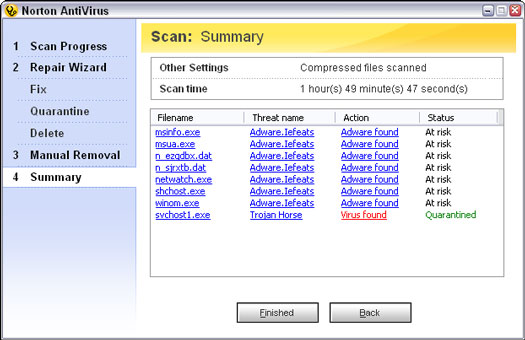If you're having problems reconciling an account in Quicken 2012 or if you’re sitting in front of your computer wringing your hands, try the following tips.
Make sure that you’re working with the right Quicken 2012 account
Sounds dumb, doesn’t it? If you have a bunch of different bank accounts, however, ending up in the wrong account is pretty darned easy. So go ahead and confirm, for example, that you’re trying to reconcile your checking account at Mammoth International Bank by using the Mammoth International checking account statement.
Look for transactions that the bank has recorded but you haven’t
Go through your bank statement and make sure that you have recorded every transaction that your bank has recorded. Cash machine withdrawals, special fees or service charges (such as for checks or your safety deposit box), automatic withdrawals, direct deposits, and so on, are easily overlooked.
If the difference is positive — that is, the bank thinks you have less money than you think you should — you may be missing a withdrawal transaction. If the difference is negative, you may be missing a deposit transaction.
Look for reversed transactions in Quicken 2012
If you accidentally enter a transaction backward — a deposit as a withdrawal or a withdrawal as a deposit — your account won’t balance. And the error can be difficult to find. The Reconcile: Checking window shows all the correct transactions, but a transaction amount appears positive when it should be negative or negative when it should be positive.
Look for a transaction that’s equal to half the difference
One handy way to find a transaction that you entered backward — if you only have one — is to look for a transaction that’s equal to half the irreconcilable difference. For example, if the difference is $200, you may have entered a $100 deposit as a withdrawal or a $100 withdrawal as a deposit.
Look for a transaction that’s equal to the difference
If the difference between the bank’s records and yours equals one of the transactions listed in your register, you may have incorrectly marked the transaction as cleared or incorrectly left the transaction marked as uncleared.
Check for transposed numbers
Transposed numbers occur when you flip-flop two digits in a number. These turkeys always cause accountants and bookkeepers headaches. If you look at the numbers, detecting an error is often difficult because the digits are the same.
Transposed numbers are tough to find, but here’s a trick you can try. Divide the difference shown in the Reconcile: Checking window by nine. If the result is an even number of dollars or cents, you may have a transposed number somewhere.
Have someone else look over your work
Often a second pair of eyes can find something that you’ve been overlooking.
Look out for multiple errors
If you find an error by using this laundry list and still can’t balance your account, you should start checking at the top of the list again. You may, for example, discover — after you find a transposed number — that you entered another transaction backward or incorrectly cleared or uncleared a transaction.
Try again next month (and maybe the month after that)
If the difference isn’t huge in relation to the size of your bank account, you may want to wait until next month and attempt to reconcile your account again.
You reconcile your account in January, and the difference is $24.02. Then you reconcile the account in February, and the difference is $24.02. Then you reconcile the account in March, and, surprise, surprise, the difference is still $24.02.
What’s going on here? Well, your starting account balance was probably off by $24.02. (The more months you try to reconcile your account and find that you’re always mysteriously $24.02 off, the more likely it is that this type of error is to blame.)
After the second or third month, I think it’s pretty reasonable to tell Quicken that it should enter an adjusting transaction for $24.02 so that your account balances. (In my opinion, this is the only circumstance that merits your adjusting an account to match the bank’s figure.)
By the way, if you’ve successfully reconciled your account with Quicken before, your work may not be at fault. The mistake could be (drum roll, please) the bank’s!
Get in your car, drive to the bank, and beg for help
As an alternative to the preceding idea — which supposes that the bank’s statement is correct and that your records are incorrect — ask the folks at the bank to help you reconcile the account. (Check to see whether they charge for this service first, of course.)
Hint that you think that the mistake is probably theirs. Smile a great deal. And one other thing — be sure to ask about whatever product they’re currently advertising in the lobby. (This behavior encourages them to think that you’re interested in that 180-month certificate of deposit, and they’ll be extra nice to you.)
Your bank may have made a mistake, so ask the people there to help you. (Note: Be sure to have them explain any transactions that you discover only by seeing them on your bank statement.)
dummies
Source:http://www.dummies.com/how-to/content/ten-things-to-do-if-your-quicken-2012-account-does.html




